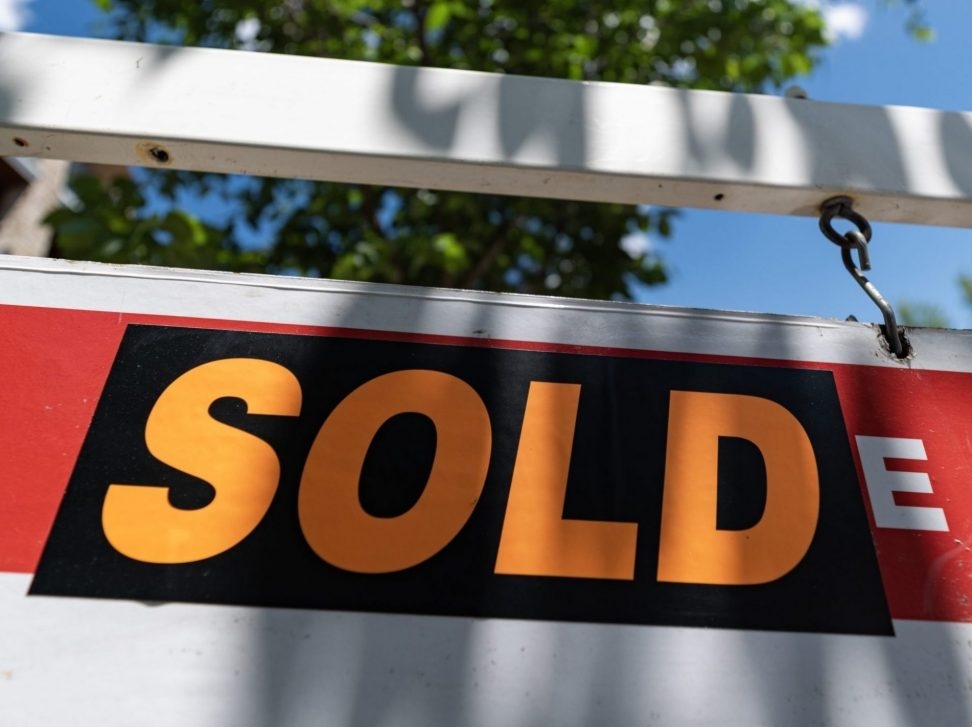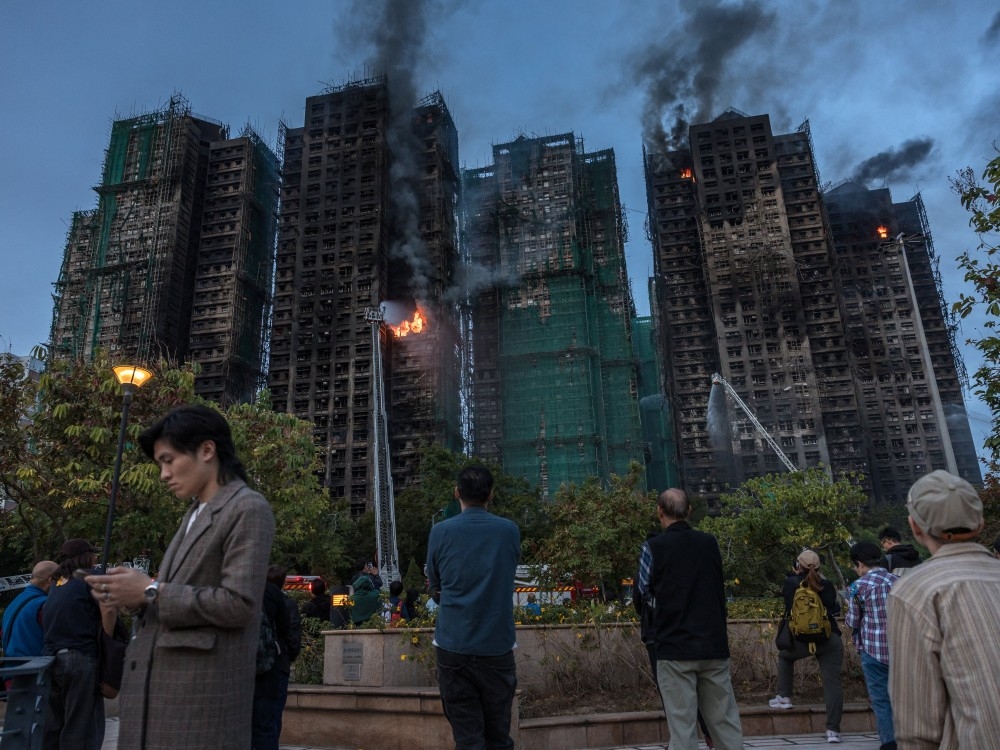The dream of homeownership in Toronto is slipping away, not because prices are simply high, but because the financial hurdles have become nearly insurmountable. Recent data reveals a stark reality: a family earning the city’s median income faced saving for over three and a half years – a staggering $216,240 – just for a down payment in 2023.
Even after that monumental saving effort, monthly mortgage payments would consume a breathtaking 110.2% of their income. This isn’t a theoretical problem; it’s a financial impossibility for most, requiring reliance on family support or taking on additional renters just to stay afloat.
Many long-time residents remember struggling to buy their first home, but the current situation is dramatically different. A decade ago, in 2014, a down payment required just over two years of savings, and mortgage payments were a manageable 56% of income. The affordability gap has widened to a chasm.

Renting offers little respite. Toronto now boasts the least affordable rental market in Canada, with median rents consuming over a third of the median family income. This represents a significant increase from just a decade prior, leaving renters equally strained.
Recent reports of falling house prices – a drop from a peak of $1.27 million in early 2022 to $1 million by mid-2025 – offer a misleading sense of relief. Prices remain far beyond the reach of typical families and well above pre-pandemic levels.
Ironically, this price decline is stifling new construction. Builders, facing uncertainty, are scaling back projects precisely when the city desperately needs more housing to address the affordability crisis. This creates a dangerous cycle of limited supply and sustained high costs.
Government policies, despite significant investment, are exacerbating the problem. Lengthy and costly municipal approval processes – taking over two years in Toronto, compared to mere months in other major cities – add unnecessary burdens to developers.
Toronto imposes exorbitant municipal charges on new high-rise developments, far exceeding those in comparable cities like Ottawa and Edmonton. Furthermore, crucial recommendations from the province’s own Housing Task Force, aimed at easing building restrictions, have been largely ignored.
While federal immigration policies have increased demand, the core issue remains restrictive and expensive regulations. Developers need a reasonable return on investment to build, but governments are driving up costs and claiming a large share of the final sale price.
The solution isn’t simply wishing for lower prices; it’s demanding a fundamental shift in approach. Toronto needs faster approvals, lower fees, and more sensible land-use policies to unlock a steady flow of new housing and finally begin to address this deepening crisis.





